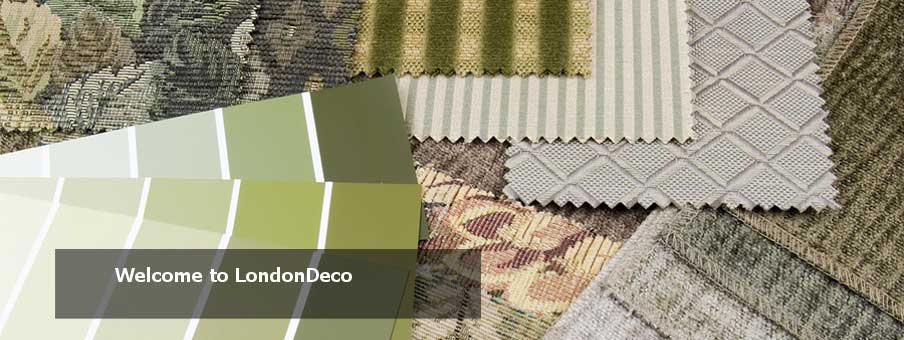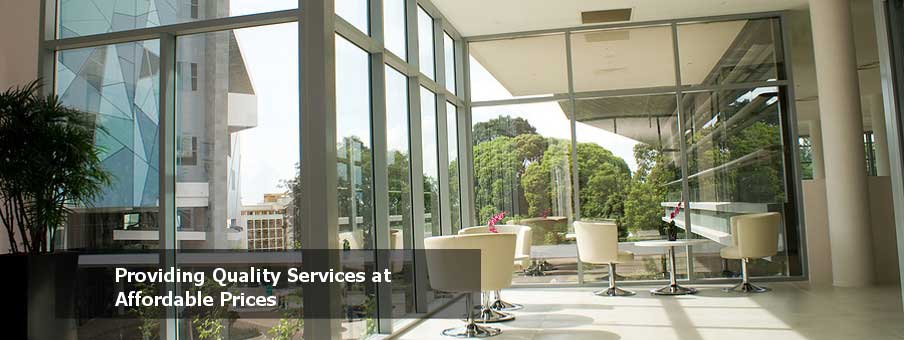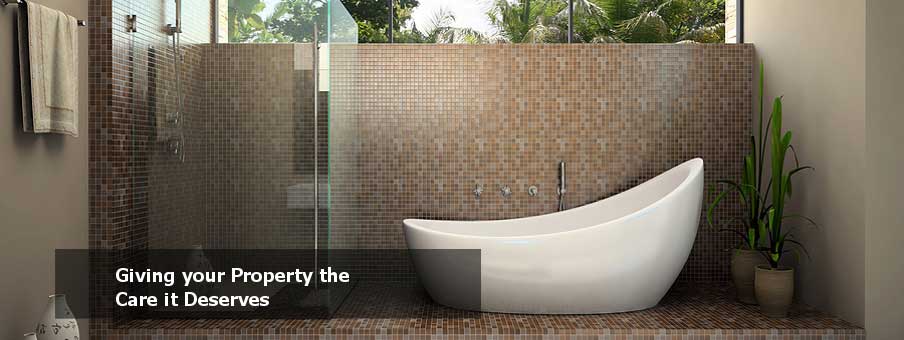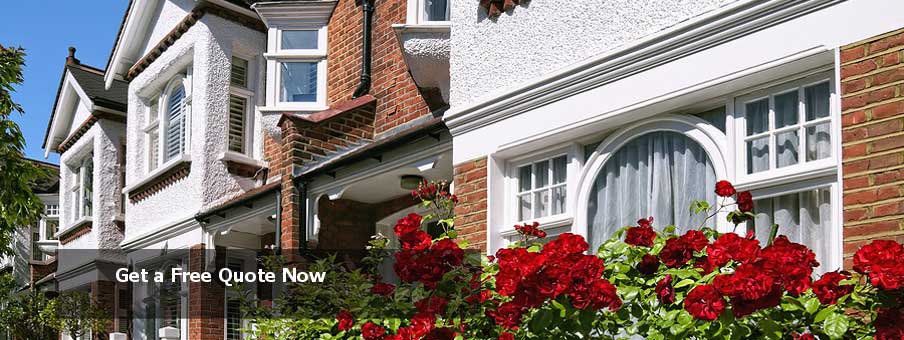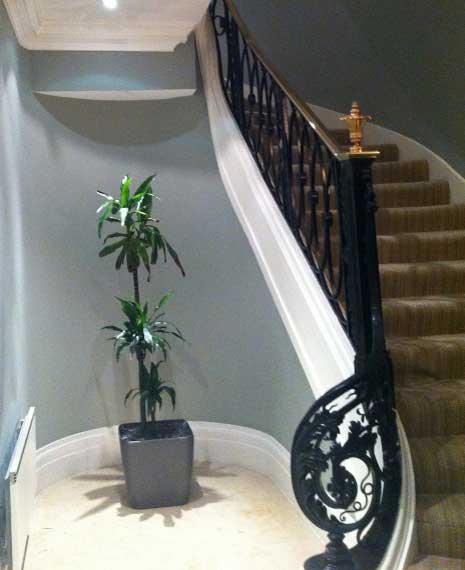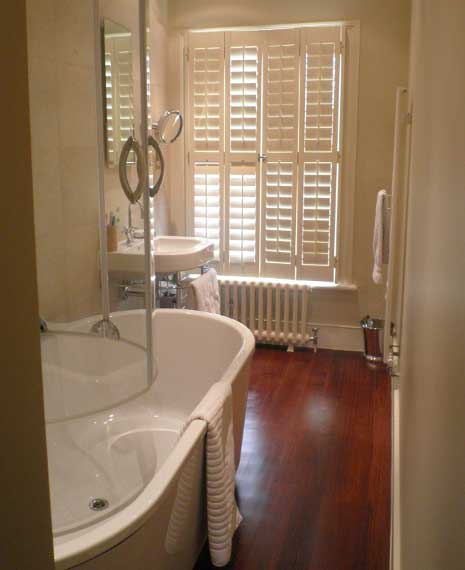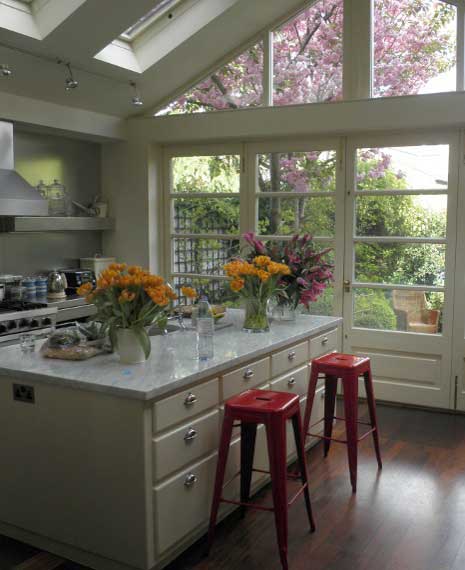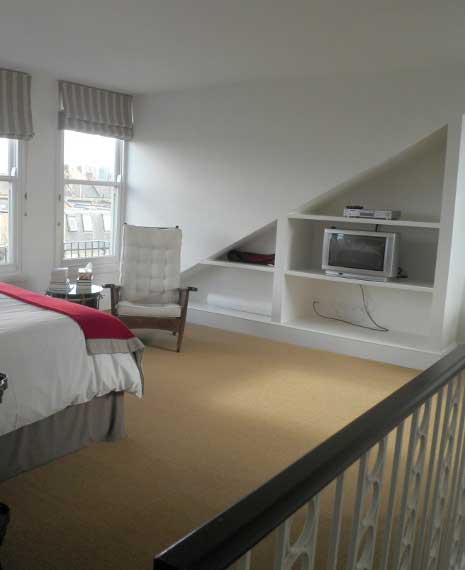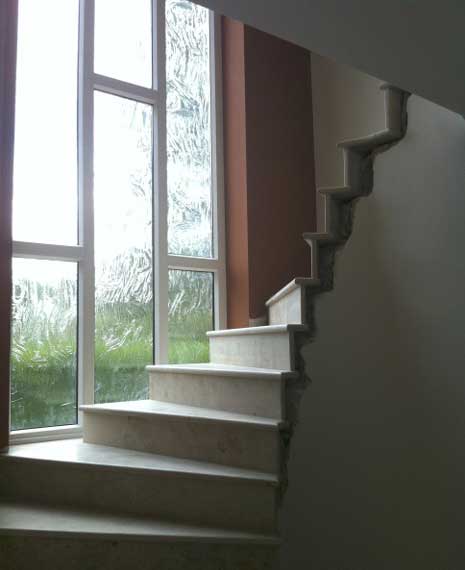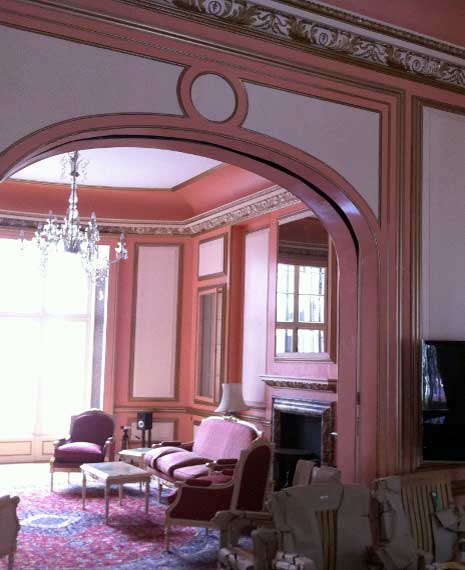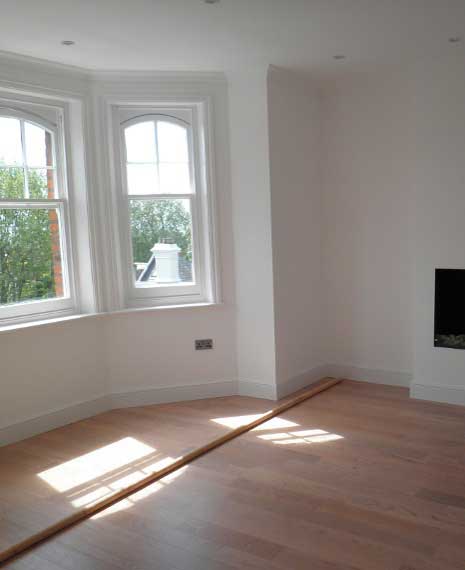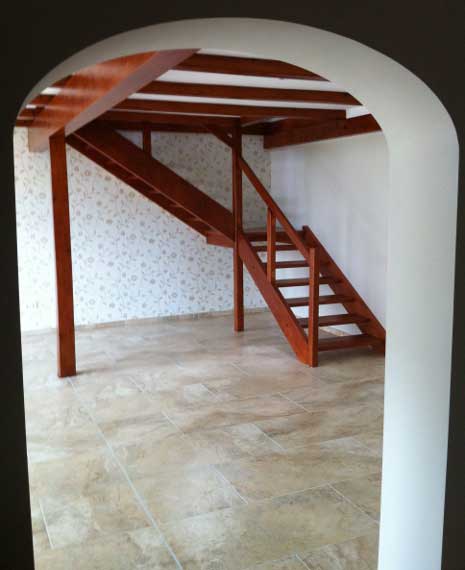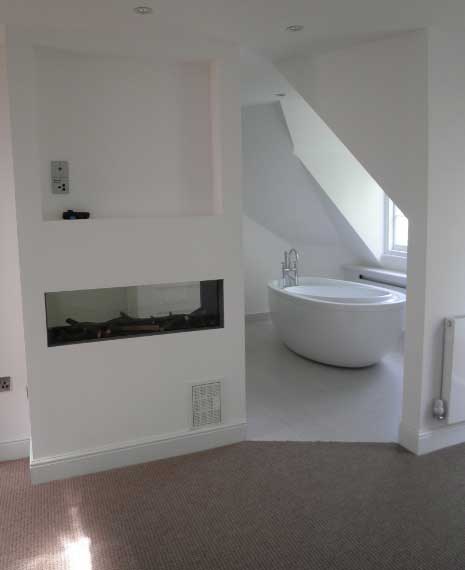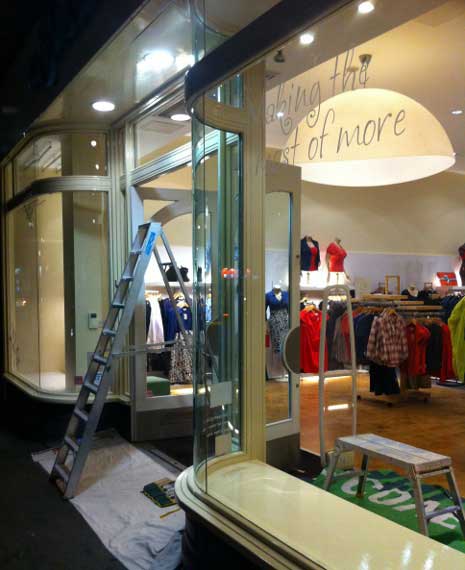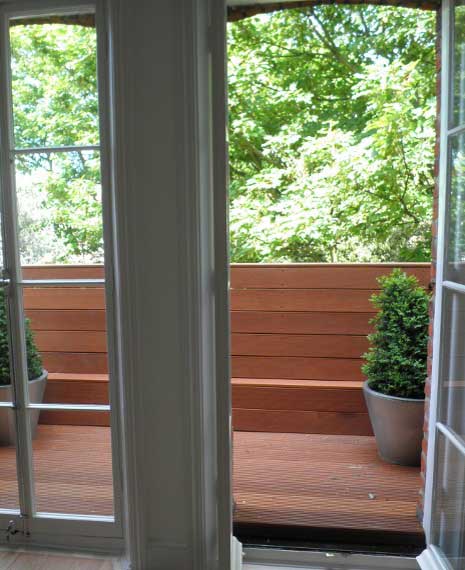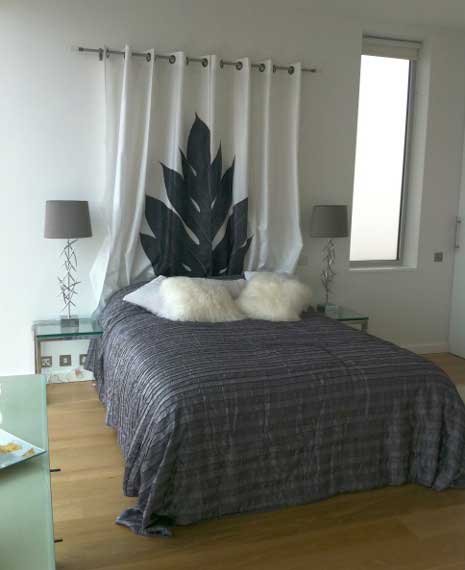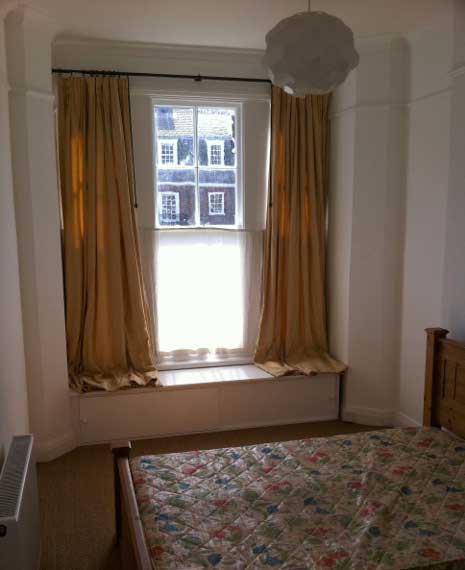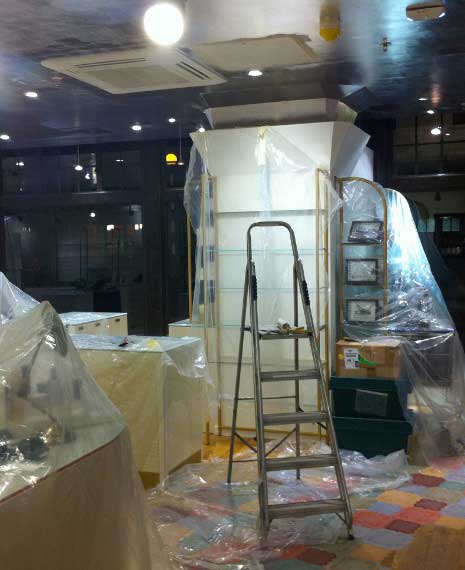8 Ways to Make Your Home More Energy-Efficient |
The first target to improve your home’s energy efficiency are walls, attic, windows, and doors. Then focus on systems, such as heating, cooling, lighting, and appliances. Upgrading these areas may save you money in the long run through reduced energy bills. Please see the full list below.
1. Improve InsulationIn an average home most heat losses occur through loft space and walls. The attic heat leakage is most likely to happen in the areas where walls meet the attic floor, behind and under attic knee walls, and in dropped-ceiling areas. Lofts should be insulated to a minimum depth of 200mm (8 inches). The cost is minimal, and the return on investment is huge. Mineral wool, fibreglass and recycled paper products all work fine. If your home has wall cavities blown-in insulation can greatly improve energy-efficiency. Properly installed fibre glass, cellulose, and most foam insulation materials can all reduce the heat conduction through walls.
2. Dam the DraughtsDraughts occur typically around doors and windows, letterboxes, gaps around the floor, up a chimney and through other little holes around the house such as electrical outlets, around pipes and wires, wall- or window-mounted air conditioners, attic hatches, and fireplace dampers. Plug up the worst offenders using a caulk or silicon sealant. You can also fit a chimney draught excluder or sealed fire guards. Windows and doors can be weather-stripped around the whole perimeter to ensure a tight seal when they're closed. Also, make sure to have quality door sweeps on the bottom of the doors, if they aren't already in place.
3. Upgrade WindowsWindows are often a major source of heat loss in a house. If you need to replace the old and leaky windows anyway, consider upgrading them to energy-efficient double or triple paned argon gas-filled models. The argon between the glass acts as an incredibly effective insulator and is great for keeping the heat in and the cold out.
4. Install a tank-less water heaterTank-less water heaters provide hot water without the use of a storage tank. The heater only heats the water that is needed as it passes through an electric coil. They don't produce the standby energy losses associated with traditional storage water heaters. This eliminates excess energy costs and wasted energy associated with a tank, often saving a reported 50 percent on your energy bill.
5. Install efficient shower-heads and toiletsInstall low-flow shower heads and toilets to reduce your water usage. Replacing an older 3.5-gallon toilet with a modern, low-flow 1.6-gallon toilet can reduce usage an average of 2 gallons-per-flush. Dual-flush toilets let you choose between a 1-gallon (or less) flush for liquid waste, and a 1.6-gallon flush for solid waste. Dual-flush toilets reduce water consumption by an additional 30%.
6. Fix the FurnaceA high efficiency furnace burns less gas, burns hotter, and produces less carbon emissions. Changing out dirty furnace filters makes it easier for air to circulate-and thus makes your furnace work less. Sealing your furnace/AC duct properly keeps air in the ducts until it reaches its destination.
7. Upgrade the heating controlsThe right controls will let you set your heating and hot water to come on and off when you need them, heat just the areas of your home you want, and decide how warm you want each area to be. Using a programmable thermostat keeps your furnace off while you're out, and before you come back home the furnace will turn back on and your house will be warm.
8. Replace incandescent lightsTypical incandescent lights convert only 10% of the energy they consume into light, while the rest becomes heat. The new lighting technologies, such as LED and fluorescent lamps, can reduce this energy use by 50% to 75%. Advanced lighting controls offer even further energy savings possibilities by switching automatically off lights that are not being used.
LondonDeco are experienced painters and decorators in North London offering restorations, renovations, decorating, painting and other services in Hampstead, Islington, Muswell Hill, Camden, Highgate and other parts of North London.
